The China-Belarus Industrial Park, also known as Great Stone Industrial Park, is China’s largest overseas economic and trade project.
The cooperative venture in the Belarusian capital Minsk was proposed by the heads of the two countries, promoted by both governments, and China’s large state-owned enterprises (SOEs) led its development and operation.
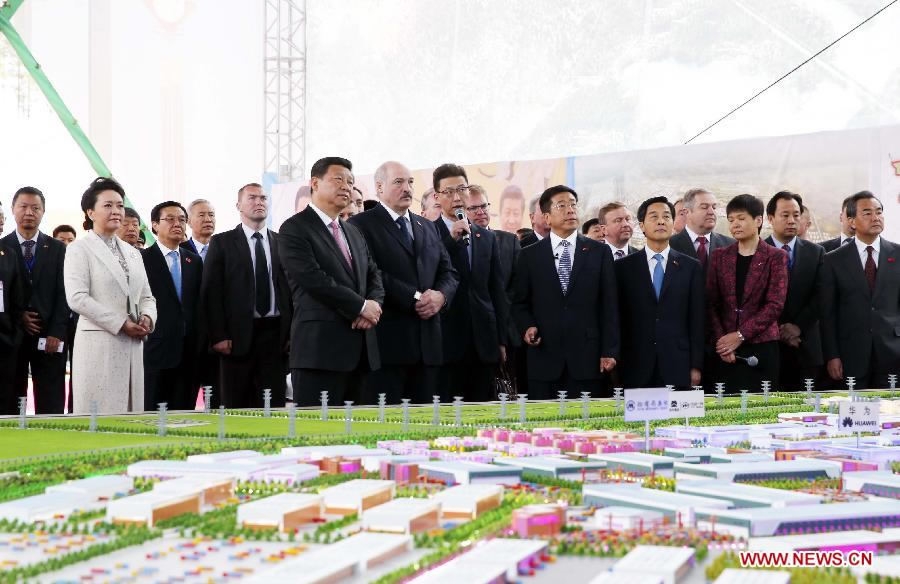
Chinese President Xi Jinping visits the China-Belarus Industrial Park accompanied by Belarusian President Alexander Lukashenko in Minsk, Belarus, on May 12, 2015. /Xinhua Photo
As an early entrant in the Belarusian market, China CAMC Engineering (CAMCE) contributed to the promotion of economic and trade cooperation between the two countries. And from March 2015, CAMCE has led efforts to build the China-Belarus Industrial Park. In June 2017, the facility will commence operations.
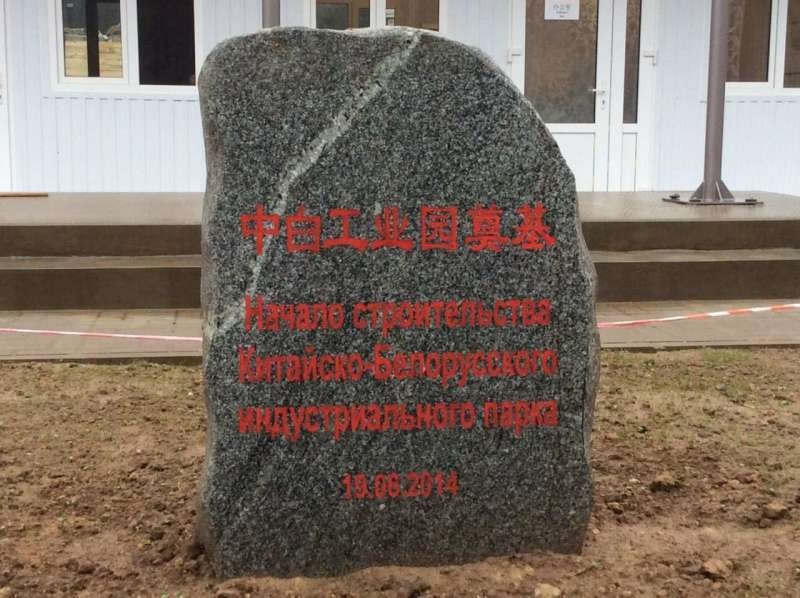
The cornerstone of the China-Belarus Industrial Park, or the Great Stone Industrial Park, in Minsk, capital city of Belarus on May 9, 2015. /Xinhua Photo
Luo Yan, chairman of CAMCE, told CGTN how the project was progressing, what criteria is used to review companies that wish to operate in the park, and shared her opinions on China’s Belt and Road Initiative.
Progress of the China-Belarus Industrial Park
Luo said that by the end of 2016, the total investment for construction had reached 263 million US dollars, and the landscape of the park has now undergone substantial changes.
The most striking development is the infrastructure construction in the park.
By the end of 2016, investment in infrastructure totaled 115 million US dollars. And as the general contractor, CAMCE completed the first phase of infrastructure building, which covered 3.5 square kilometers, on schedule, including 13 kilometers of roads, together with pipes, power, water, gas, and communication facilities.
Luo added that the roads and pipes in the park have been connected to outside networks, and 303 hectares of land are available for rent.
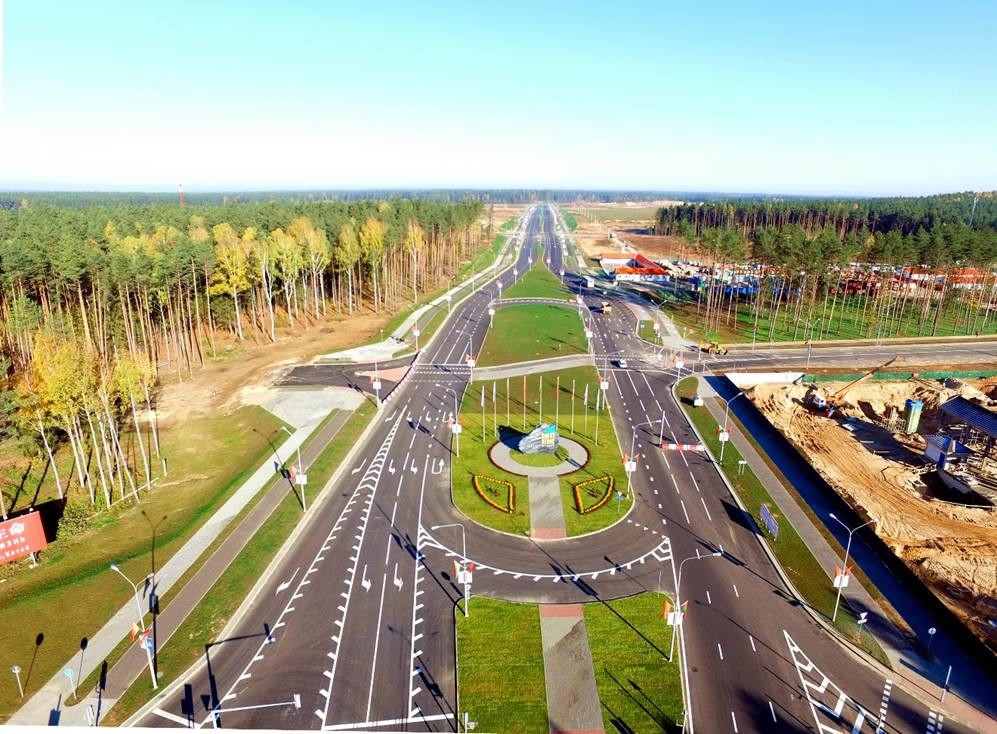
13 kilometers of roads inside the China-Belarus Industrial Park. /CAMCE Photo
Luo said three projects were initiated in 2016 with a total investment of 148 million US dollars.
- China Merchant Group invested 125 million US dollars in the first phase, including 100,000 square meters of logistics facilities which will be completed by this June.
- Xinzhu Corporation from Chengdu, southwestern China’s Sichuan Province, has started the construction of supercapacitor plants, and is expected to be the first company to begin operations in 2017.
- China-Belarus joint-stock Industrial Park Development Company has invested in the construction of 12,500 square meters of office buildings and 8,000 square meters of industrial plants. The principal construction has been completed and will be available for participating enterprises from June.
Luo also detailed the progress of the park’s investment process, revealing that eight enterprises have so far been approved.
What criteria must applicants meet?
Video 2
“We made a clear plan at the very beginning,” said Luo. It was decided that the focus would be on six industries: electronic information, fine chemical engineering, mechanical manufacturing, biomedicine, new materials and logistics.
“At the same time, we consider whether the applicants are high-tech and meet environmental certification standards.”
“It’s unreasonable to say we see Belarus as a channel”
Video 3
Belarus is located in the center of Europe, connecting the Eurasian Economic Union and the European Union (EU), and sharing a critical junction along the Belt and Road routes.
It has been suggested that some Chinese enterprises may use the China-Belarus Industrial Park as a “channel” to enter other countries and regions, especially given that China’s direct investment in the Belarusian economy is currently relatively low.
Luo insisted that China not only sees the industrial park as an important junction with the European market, but it is also invested in Belarusian enterprises and does businesses in the country.
She said Belarus welcomes Chinese enterprises, because its market demand is not that big and majority of its own products are export-oriented.
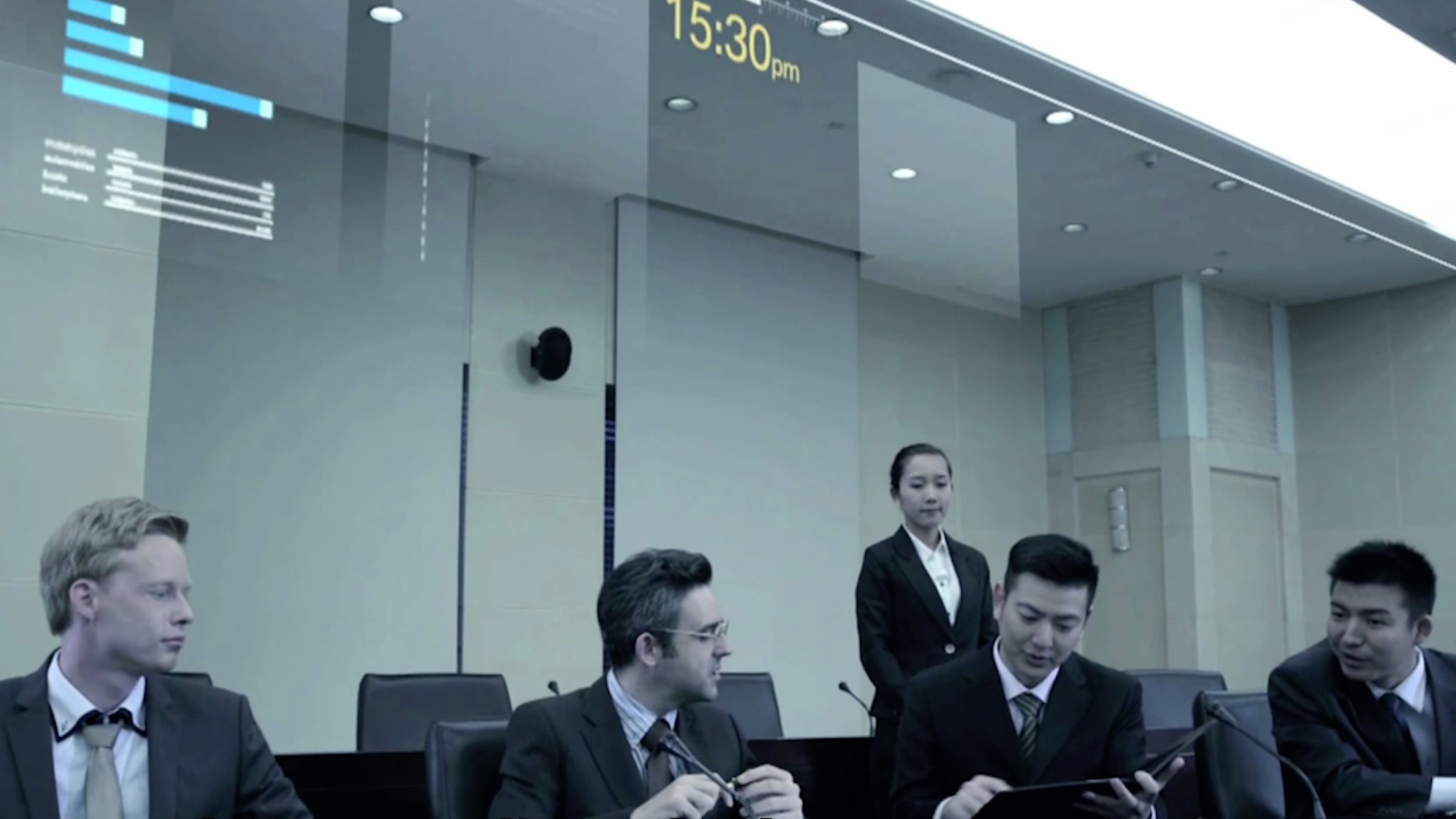
CAMCE Photo
And Chinese enterprises carrying out construction in the park have already begun to cooperate with local companies, playing a significant role in improving technology levels.
Luo also noted that by the end of 2016, the investment in the park from individual enterprises totaled 453 million US dollars. And these companies have contributed more than 9.22 million US dollars of tax to Belarus.
Belt and Road Initiative VS Protectionism
Video 4
Luo said from her perspective, China’s Belt and Road Initiative is beneficial for both developing and developed countries.
Developing countries will be boosted by connections with China and other countries through Belt and Road projects, and will be supported in infrastructure development and livelihood-related projects.
And developed countries with advanced technologies, Liu said, are happy to provide facilities or co-finance with Chinese enterprises.
The Belt and Road Initiative aims to build a trade and infrastructure network connecting Asia with Europe and Africa along the ancient trade routes, and it reflects the common interest and demand of all sides.
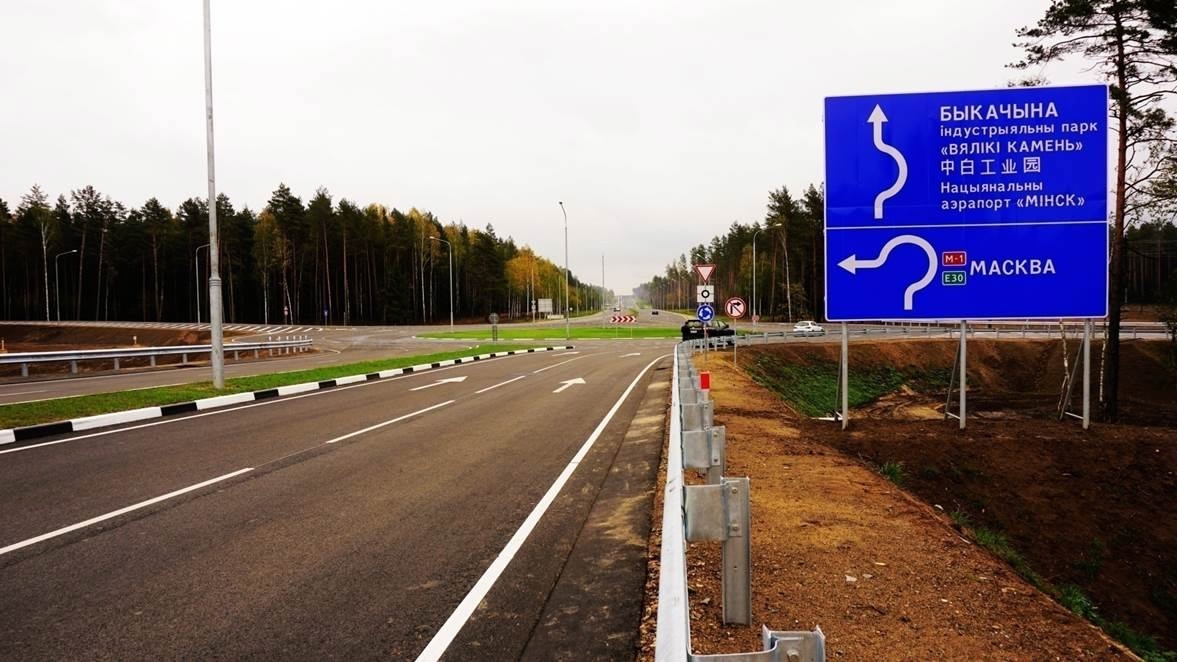
The China-Belarus Industrial Park is open to the world. /CAMCE Photo
The China-Belarus Industrial Park is open to the whole world, according to Luo, not just Chinese enterprises.
She said although great efforts are made to attract Chinese businesses to invest, the park caters to all businesses from neighboring countries, the EU, and other interested countries.
Luo disclosed that many enterprises from other countries have expressed significant interest in the park, and some have indicated an intention to invest.
6470km










